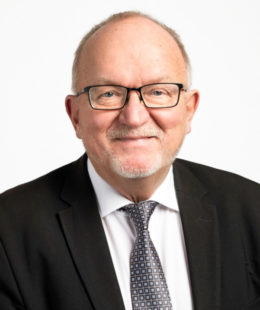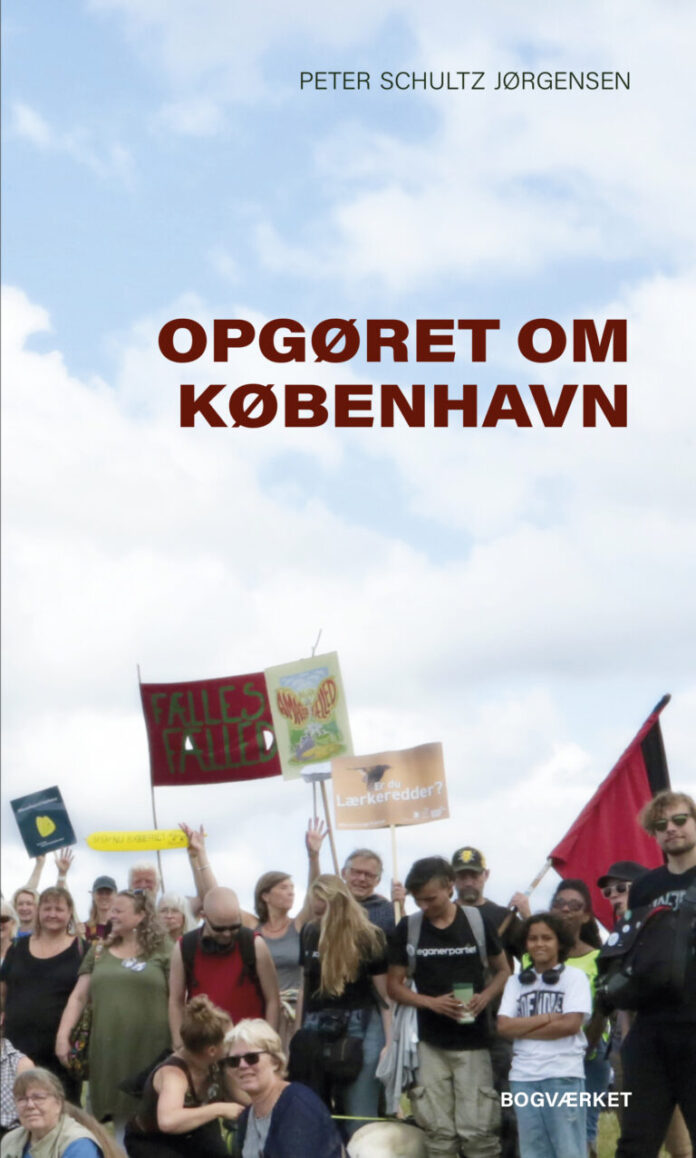(THIS ARTICLE IS MACHINE TRANSLATED by Google from Norwegian)
As an employee of the Lord Mayor's financial administration in Københavns Municipality in the years 1994-97, I was at work as stretched out between two time periods. A past where Copenhagen stood for being a backward, bureaucratic city that tourists frowned upon and a period of growth optimism on the way, where an entire decision-making infrastructure was being established and expanded with public applause and attraction as «the world's best city» ( Monocles).
In the book The showdown about Copenhagen Peter Schultz Jørgensen paints a picture of a development in a neoliberal direction over the last 30 years, where the financial capital has had crowned days and where so-called ordinary people in large numbers have had to leave their city. – The author's ambition with the book is to look behind the development of «the world's best city» and dispel a number of myths about the city as well as outline some prerequisites that must be present if the development is to be turned towards a sustainable, inclusive city.
Prosperity increase
With the Stockholm conference in 1972 and the Rio conference in 1992, a new light was shed on the rise in prosperity that continued, when the world had otherwise renounced the Second World War. In the years around 1968, all continents underwent upheavals, which became the beginning of the unsustainable, unequal and complex world we see today: With decolonization, where a number of colonies were given political self-determination, but not economic self-determination. Where there was a political showdown with the dominance of the Eastern European countries, which seriously culminated with the fall of the wall in 1989. And where students and the working class united across a large part of the world rebelled against hierarchies and their culture, most markedly in Paris in 1968 with the great general strike. The East-West opposition with the Soviet Union and the free world as the main opposition was collapsing. Economic globalization triumphed across national borders and the working class was generally content with some improvements in their living conditions. The reconstruction after the violent destruction during the Second World War produced such large growth rates that there was also room for improvement for so-called ordinary people.

But the subsequent great acceleration in resource consumption and the influence of the neoliberal economy and culture on the citizen and on the development of consumption laid the foundation for, among other things, global warming and the decline in biodiversity. (The book was published in 1972 Limits to growth, but the book's points were ignored or poorly heard). Awakening to a crisis for civilization happened unevenly and the world community had no institutions that could match the new global challenges.
The conclusion, which can be drawn from "limits to growth", is that the excess, the degree of unsustainability in the world has become so great that a sustainable society cannot be defined in any other way than in the form of an enormous "degrowth" to levels of resource consumption per production, consumption and GDP, there is a small fraction of the current rich world or global level.
In that context, how can Copenhagen be the world's best city?
The Lord Mayor's plan
More than anywhere else, it was in the former Lord Mayor's "laboratory" that the contours of a restructuring of Copenhagen's development took place. As Lord Mayor in the period 1989-2004, Jens chose Kramer Mikkelsen after 27 years in the municipality's top political leadership in 2004 to leave direct political work to sit in the chair as director of Ørestadsselskabet. Perhaps with a greater influence on the city's development than by being Lord Mayor.
Kramer had to make the city attractive to private investors.

With this, Kramer Mikkelsen continued the work he had already spearheaded as Lord Mayor. Copenhagen Municipality and the State initiated a collaboration to get development started in the capital after many years of stagnation. It was said that Kramer had to make the city attractive to private investors and the wealthier taxpayers.
The plan was that a completely new business area (Ørestaden) would be built, where the companies could have just as large domiciles built, as had happened out in the suburbs of Copenhagen. Here – i Ørestaden – they were right next to the airport and the motorway and were also served by a fast-moving metro to the centre.
Kramer Mikkelsen succeeded in getting the Norwegian Parliament to agree to let the state put money out for the metro. The debt was then to be repaid through the sale of the municipality's building land in the harbor and on Fælleden (a large green area in the immediate vicinity of the city). As thought, as realized.
After three years as director of Ørestadsselskabet, in 2007 the company was split into Metroselskabet and the development company By & Havn, where Kramer Mikkelsen became director. Although there were urban planning fads in Ørestad and the construction at Kalvebod Brygge by the harbor was criticized, the urban development model achieved financial success. In addition, the capital gained 100.000 new inhabitants and a wealthy population.
City & Port – disconnected from democracy
With the development company City & Port a construction was created there, which lies between the state and the municipality outside of the usual political control – almost like a private company with good competitive conditions, stability and dynamism in the development of the city. The construction simply had no built-in opportunity for reflection, criticism, adjustment based on a democratic principle. – In the development department, a number of large construction projects were launched: Ørestaden, Nordhavn, Amager Strandpark, Sluseholm, Lynetteholm.
For Kramer, the city is obviously first and foremost a business, which must run around. And it may be surprising that a more extensive criticism has not been mobilized from the city council, the surrounding municipalities and civil society before now, where a battle is being waged against the Lynetteholm project.
During his time as mayor, Kramer Mikkelsen was at the forefront of selling the municipality's 13.000 almen residentialis for shares and owners. People have been so busy turning the city of the unemployed into a city of well-paid taxpayers that they overlooked that those with regular jobs could not afford to live in the new districts. The divided city is now a consequence of the duty to create a high value of the public building land as a basis for paying for the expensive metro. The development company and its many projects have also spun the city into a web of opaque decision-making processes, making the citizen a stranger in his own city.
The degrowth perspective
Schultz Jørgensen's book is an outstanding attempt to frame and see through the distortion of the capital's development through the development company By og Havn. The book is at the same time a cry for help about the necessity of an offensive vision that sets a democratic and sustainable agenda.
At a time when no limits to growth were envisaged, the primary aim was – understandably – to seize power to increase material abundance and redirect industrial capacity to more just ends. But now a sustainable and just world cannot be foreseen unless production levels, "living standards" and GDP are dramatically reduced. That is, unless a large-scale one happens degrowth to economies that are not growing. Schultz Jørgensen's many themes for an alternative strategy are probably more based on City and Harbor's strategy and the "showdown over Copenhagen" than on how Copenhagen can contribute to the global transition to sustainability.
The sixth report from IPCC (August 2021) spoke his own clear language. Many initiatives are underway or planned, but the scope and speed are not sufficient. And there is a lack of understanding of the degrowth perspective.
The following indicates it orientering in the transition that more and more finds expression in one eco-anarchism : 1. A profound cultural shift, to a simpler lifestyle, which involves far less production and consumption per inhabitant. 2. Transition from globalized to localized systems. 3. A new form of government, which primarily involves people in small communities, who take cooperative and participatory control over their own local development, via voluntary committees, working bees and district meetings. 4. A new economy, which is a small fraction of the size of the current economy, is not driven by profit or market forces, does not grow and ensures that needs, rights, justice, welfare and ecological sustainability determine the purposes in relation to the limited resources, which are available.


